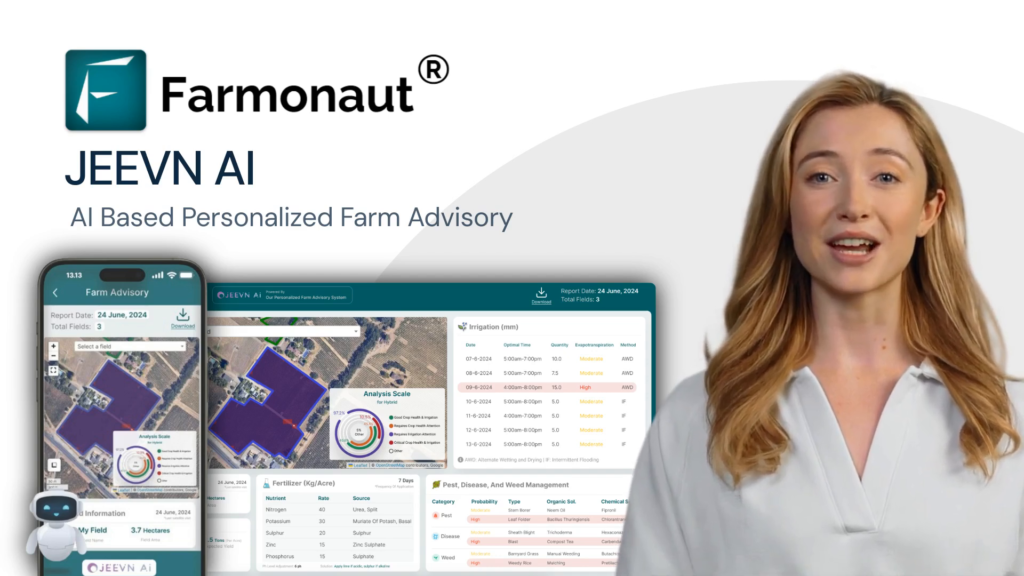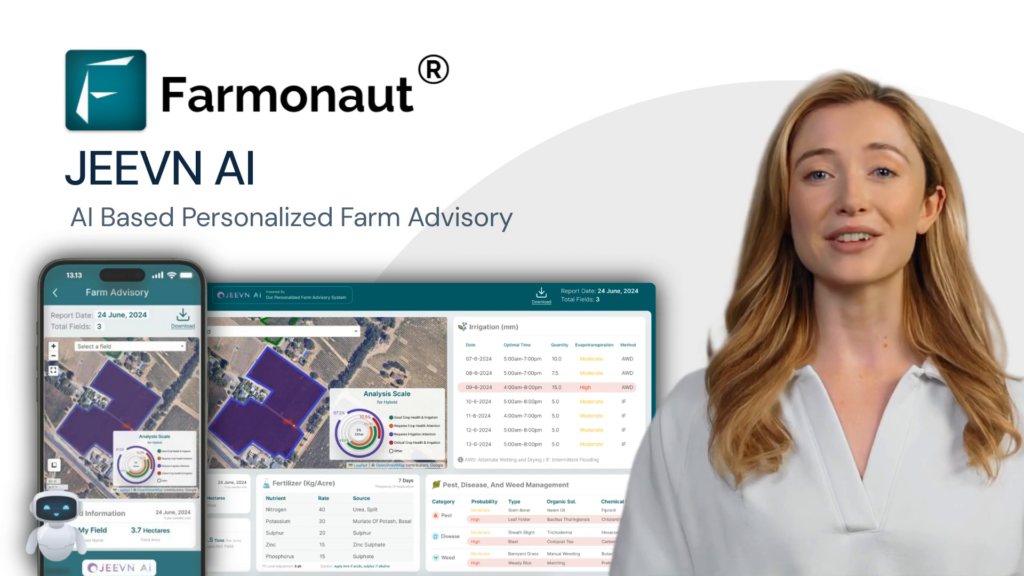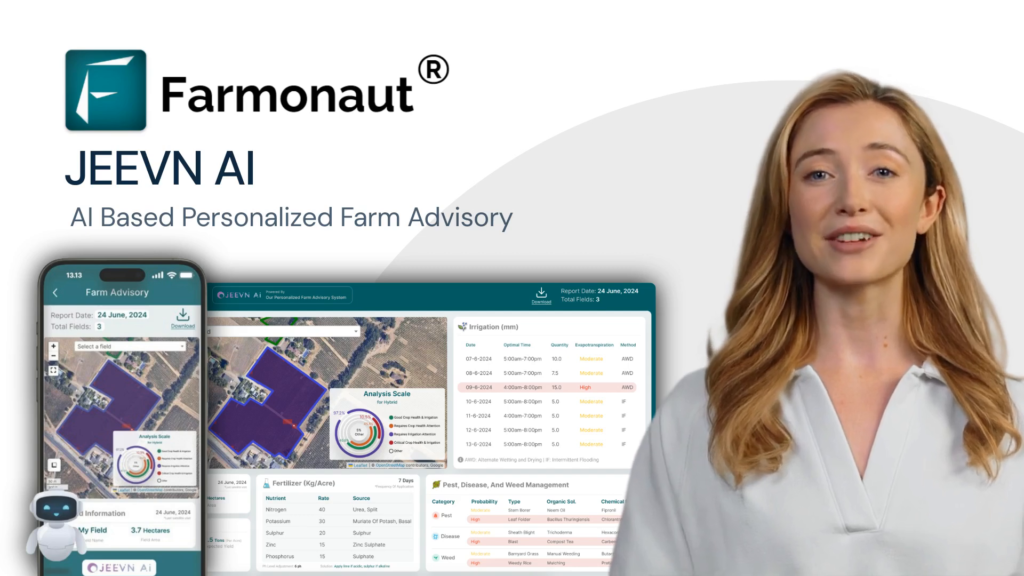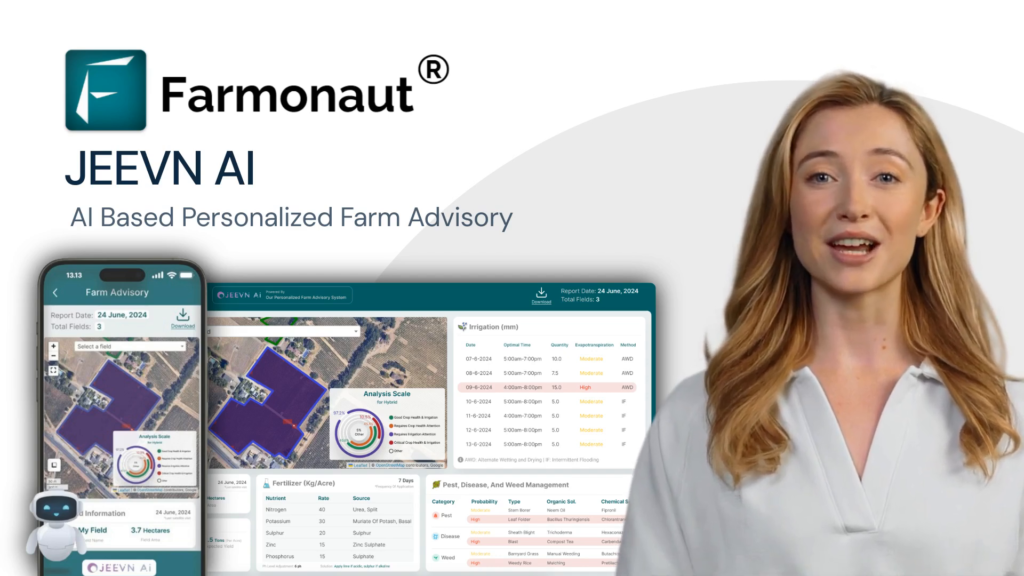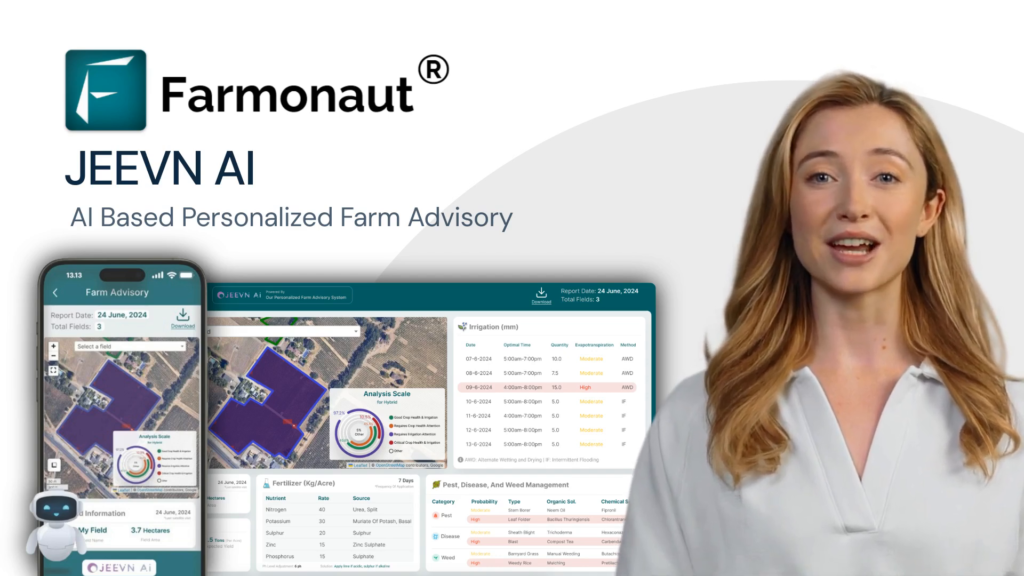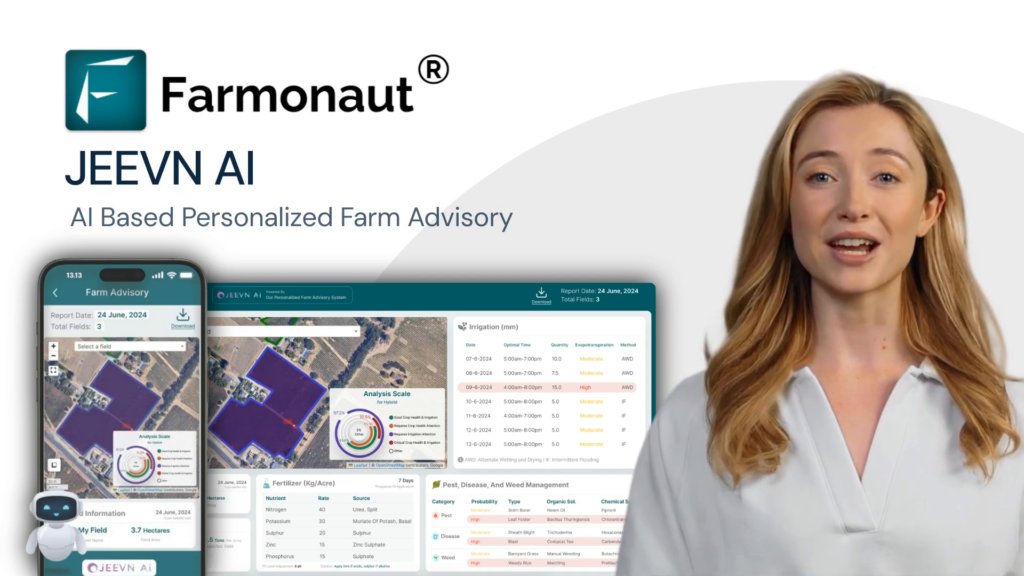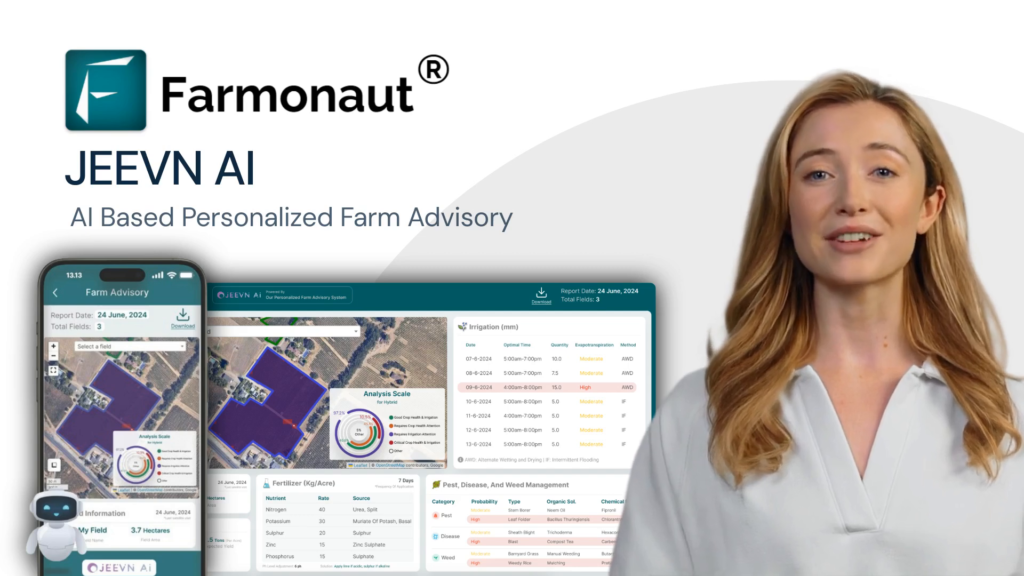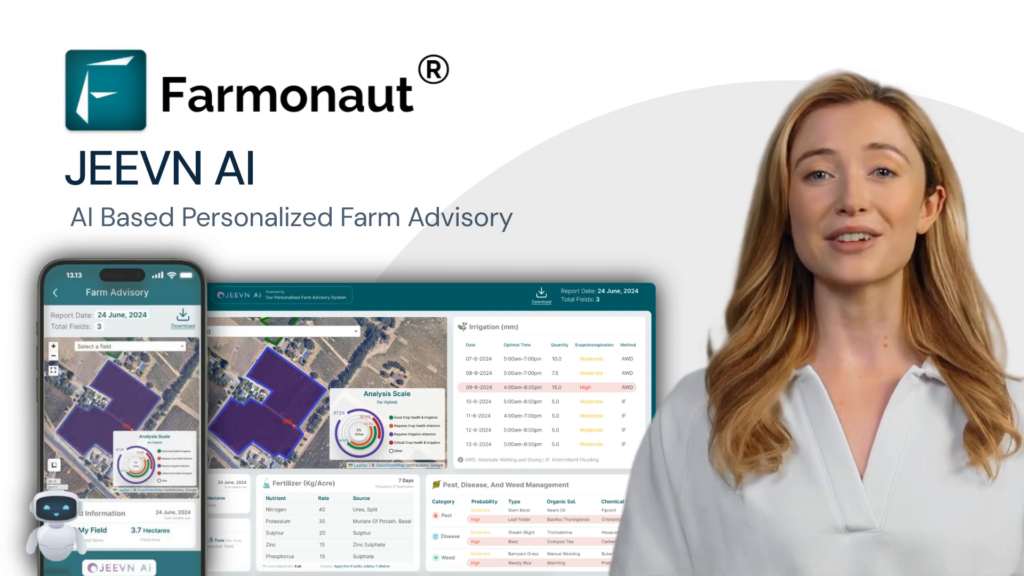Navigating Tariff Turbulence: South Dakota Soybean Farmers’ Strategies for Future Growth and Export Success
“South Dakota soybean farmers face challenges as China, once importing 60% of U.S. soybeans, reduced purchases due to tariffs.”
In the heartland of America, where vast fields of soybeans stretch as far as the eye can see, a new challenge is reshaping the agricultural landscape. We, the farmers of South Dakota, find ourselves at the epicenter of a global economic shift, navigating the choppy waters of international trade disputes and tariff implementations. As we stand on the threshold of a new era in soybean farming, it’s crucial to understand the impact of these changes and explore strategies for future growth and export success.
The Soybean Saga: From Heartland to Global Stage
Soybean farming has long been a cornerstone of South Dakota’s agricultural economy. Our state’s rich soil and favorable climate have made it an ideal location for growing this versatile crop. However, recent years have seen significant shifts in the global soybean market, primarily due to changes in trade relationships and the implementation of tariffs.
Let’s delve into the factors that have brought us to this pivotal moment:
- China’s role as a major importer of U.S. soybeans
- The impact of tariffs on export volumes and prices
- Shifts in global demand and supply chains
- The resilience of South Dakota’s farming community
Understanding the Tariff Terrain
The current administration’s trade policies have resulted in retaliatory tariffs from China, significantly impacting the soybean market. These tariffs have created a ripple effect throughout the agricultural supply chain, affecting everyone from individual farmers to large-scale producers.
Key impacts of the tariffs include:
- Reduced export volumes to China
- Lower soybean prices
- Increased competition in alternative markets
- Changes in farm planning and crop rotation strategies
To better understand the scale of these changes, let’s look at a comparison of soybean exports before and after tariff implementation:
| Year | Total Soybean Production (bushels) | Export Volume to China (bushels) | Export Volume to Other Countries (bushels) | Average Price per Bushel | Estimated Revenue from Exports |
|---|---|---|---|---|---|
| 2015 | 235,000,000 | 141,000,000 | 47,000,000 | $8.95 | $1,681,600,000 |
| 2016 | 255,000,000 | 153,000,000 | 51,000,000 | $9.47 | $1,933,880,000 |
| 2017 | 270,000,000 | 162,000,000 | 54,000,000 | $9.33 | $2,013,280,000 |
| 2018 (Tariffs Implemented) | 275,000,000 | 82,500,000 | 110,000,000 | $8.40 | $1,617,000,000 |
| 2019 | 230,000,000 | 69,000,000 | 92,000,000 | $8.57 | $1,379,770,000 |
| 2020 | 245,000,000 | 73,500,000 | 98,000,000 | $8.95 | $1,533,425,000 |
| 2021 | 250,000,000 | 75,000,000 | 100,000,000 | $9.20 | $1,610,000,000 |
This table clearly illustrates the dramatic shift in export patterns and revenue following the implementation of tariffs in 2018. The challenge for South Dakota soybean farmers now lies in adapting to this new reality while seeking opportunities for growth and stability.
The China Connection: A Changing Landscape
China has long been the largest importer of U.S. soybeans, with over 60% of South Dakota’s soybean crop destined for Chinese markets. The implementation of tariffs has significantly altered this relationship, forcing farmers to rethink their export strategies and seek new markets.
Jordan Scott, a fifth-generation farmer from Valley Springs, shares his perspective: “Over 60% of soybeans in South Dakota go to China. We’re kind of the furthest west soybean growing. So it’s easy to get them to the PNW and then overseas that way.”
However, the high volume of trade with China has also made soybeans vulnerable to political maneuvering. As Jordan explains, “Being the largest export, soybeans are an easy target for retaliatory tariffs.”
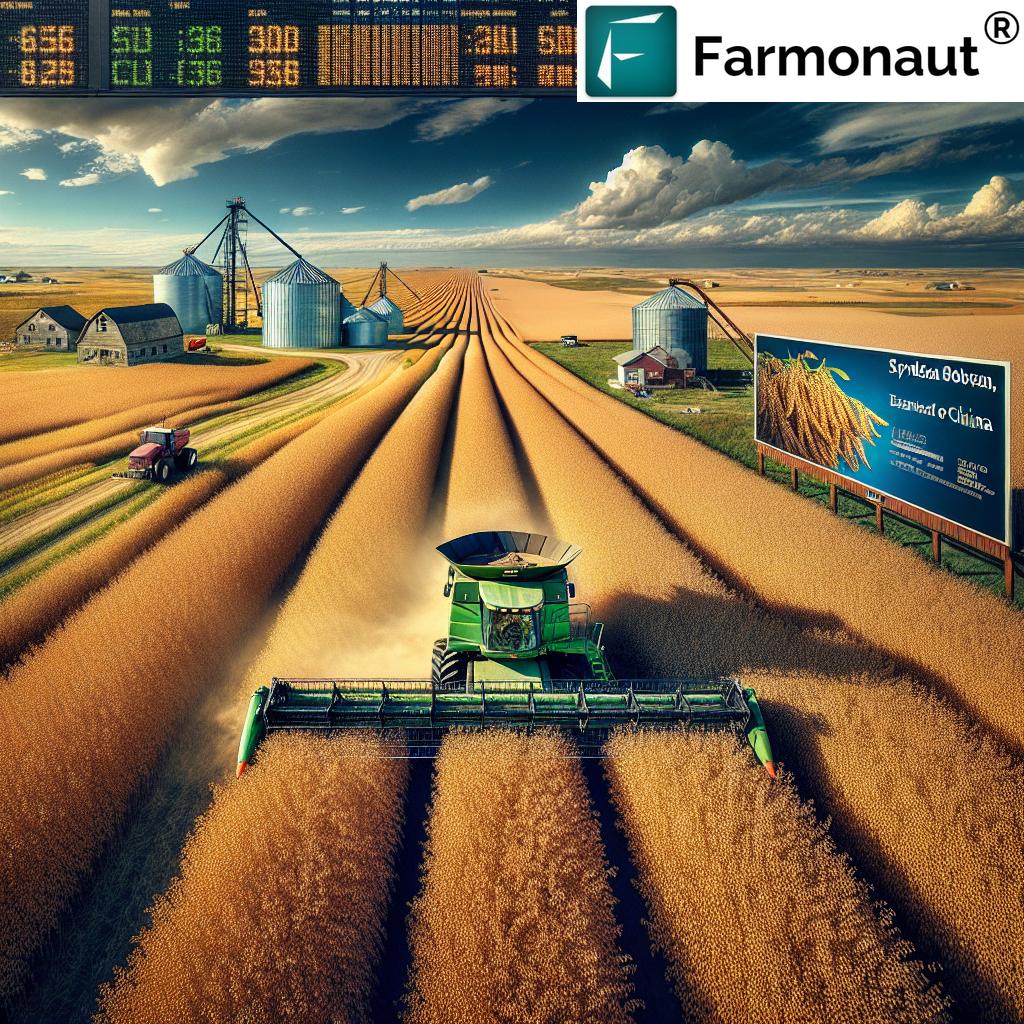
Adapting to Change: Strategies for Future Growth
In the face of these challenges, South Dakota soybean farmers are demonstrating remarkable resilience and adaptability. Here are some strategies being employed to navigate the current market conditions:
- Diversifying Export Markets: Farmers are actively seeking new international buyers to reduce dependence on the Chinese market.
- Crop Rotation and Diversification: Some farmers are adjusting their crop mix to include other commodities less affected by tariffs.
- Value-Added Products: There’s a growing interest in processing soybeans into higher-value products before export.
- Precision Agriculture: Farmers are leveraging technology to optimize yields and reduce production costs.
One such technology that’s gaining traction among South Dakota farmers is Farmonaut’s satellite-based farm management solution. This innovative platform offers real-time crop health monitoring, AI-based advisory systems, and resource management tools, helping farmers make data-driven decisions to maximize their yields and minimize costs.
The Role of Technology in Modern Soybean Farming
As we navigate these challenging times, technology is playing an increasingly crucial role in the success of soybean farming. Precision agriculture tools, like those offered by Farmonaut, are helping farmers optimize their operations in several ways:
- Satellite-based crop health monitoring for early detection of issues
- AI-driven advisory systems for personalized farm management strategies
- Blockchain-based traceability for enhanced supply chain transparency
- Resource management tools for efficient use of water, fertilizers, and pesticides
These technologies not only help improve yields and reduce costs but also provide valuable data for making informed decisions about crop planning and market strategies.
The Generational Legacy: Adapting Family Farms for the Future
“Generational farming legacies in South Dakota are adapting to market fluctuations, with some farms operating for over 100 years.”
The story of South Dakota soybean farming is not just about crops and markets; it’s about families and legacies. Many of the state’s farms have been passed down through generations, with each new steward facing unique challenges and opportunities.
Jordan Scott’s story is a perfect example of this generational legacy. As a fifth-generation farmer, he grew up learning about his family’s farming history. Now, he’s the one making decisions that will affect generations to come. “Yeah, farming’s a roller coaster. I think every farmer knows that there are ups and downs. We’ve been through this before,” Jordan reflects.
This deep connection to the land and the family legacy provides both motivation and perspective when facing current challenges. It’s a reminder that while the specifics of farming may change, the core values of hard work, adaptability, and stewardship remain constant.
Looking to the Future: Opportunities Amidst Challenges
Despite the current challenges, many South Dakota soybean farmers remain optimistic about the future. As Jordan Scott puts it, “With chaos comes opportunity, so we’re hoping there are some new trade deals that actually benefit the soybean market, and we come out looking really good on the other side.”
This optimism is driving innovation and adaptation across the industry. Some key areas of focus for future growth include:
- Developing new soybean varieties with enhanced nutritional profiles or specific traits for industrial use
- Exploring domestic markets for soybean-based products, including biofuels and plant-based proteins
- Implementing sustainable farming practices to meet growing consumer demand for environmentally friendly products
- Leveraging digital technologies for improved farm management and market intelligence

The Ripple Effect: Beyond the Farm
The impact of tariffs and changing soybean markets extends far beyond the farm gate. The entire agricultural supply chain is feeling the effects, from machinery manufacturers to seed suppliers, fertilizer companies, and transportation services.
Key areas affected include:
- Farm equipment sales and maintenance
- Seed and fertilizer demand
- Storage and transportation services
- Rural community economies
As farmers adapt their strategies, these related industries are also evolving to meet new needs and challenges. This interconnectedness highlights the importance of holistic approaches to agricultural policy and market development.
The Role of Policy and Trade Negotiations
The future of South Dakota soybean farming is closely tied to national and international policy decisions. Ongoing trade negotiations, agricultural subsidies, and environmental regulations all play a role in shaping the industry’s landscape.
Key policy areas to watch include:
- Trade agreements with China and other major soybean importers
- Domestic support programs for farmers affected by market volatility
- Environmental regulations related to farming practices and land use
- Biofuel policies that impact domestic soybean demand
Farmers and industry leaders are actively engaged in these policy discussions, advocating for solutions that support sustainable growth and market stability.
Embracing Innovation: The Farmonaut Advantage
As South Dakota soybean farmers look to the future, many are turning to innovative technologies to gain a competitive edge. Farmonaut’s advanced agricultural solutions are at the forefront of this technological revolution, offering tools that can significantly impact farm productivity and profitability.
Key features of Farmonaut’s platform include:
- Real-time crop health monitoring using satellite imagery
- AI-powered advisory system for personalized farm management
- Weather forecasting and climate analysis tools
- Resource management features for optimizing inputs
By leveraging these technologies, farmers can make more informed decisions, reduce risks, and improve their overall farm management strategies.
Sustainability and Environmental Stewardship
As global awareness of environmental issues grows, sustainability has become a key focus for South Dakota soybean farmers. Many are adopting practices that not only improve soil health and reduce environmental impact but also enhance long-term productivity and resilience.
Sustainable farming practices being implemented include:
- Cover cropping to improve soil health and reduce erosion
- Precision agriculture techniques to optimize resource use
- Conservation tillage methods to preserve soil structure
- Integrated pest management to reduce chemical inputs
These practices not only benefit the environment but can also improve farm profitability by reducing input costs and improving yields over time.
The Power of Community: Collaborative Solutions
In the face of market challenges, South Dakota’s soybean farming community has demonstrated remarkable solidarity. Farmers are coming together to share knowledge, pool resources, and advocate for their interests at local, state, and national levels.
Examples of collaborative efforts include:
- Farmer-led research initiatives to test new varieties and farming methods
- Cooperative marketing efforts to access new markets and negotiate better prices
- Community support programs to help farmers facing financial difficulties
- Educational initiatives to share best practices and new technologies
These collaborative efforts not only help individual farmers but also strengthen the entire soybean farming community in South Dakota.
Conclusion: Resilience and Innovation in the Face of Change
As we navigate the turbulent waters of tariffs and market shifts, South Dakota’s soybean farmers are demonstrating remarkable resilience and adaptability. By embracing new technologies, exploring alternative markets, and focusing on sustainability, we are not just surviving but positioning ourselves for future success.
The challenges we face are significant, but so are the opportunities. With each generation, we’ve faced obstacles and found ways to overcome them. Today’s challenges are no different. By leveraging our deep farming knowledge, embracing innovation, and working together, we can ensure that South Dakota’s soybean industry not only survives but thrives in the years to come.
As we look to the future, we remain committed to producing high-quality soybeans, stewarding our land, and adapting to the ever-changing global market. The story of South Dakota soybean farming is far from over – it’s evolving, and we’re excited to see where the next chapter leads.
FAQ Section
Q: How have tariffs affected South Dakota soybean farmers?
A: Tariffs have significantly reduced exports to China, leading to lower prices and the need to find alternative markets. This has impacted farm revenues and necessitated changes in farming strategies.
Q: What strategies are farmers using to adapt to these changes?
A: Farmers are diversifying their export markets, adjusting crop rotations, exploring value-added products, and implementing precision agriculture technologies to optimize yields and reduce costs.
Q: How is technology helping soybean farmers?
A: Technologies like Farmonaut’s platform offer real-time crop monitoring, AI-driven advisory systems, and resource management tools, helping farmers make data-driven decisions to improve productivity and profitability.
Q: What role does sustainability play in modern soybean farming?
A: Sustainability is increasingly important, with farmers adopting practices like cover cropping, precision agriculture, and integrated pest management to improve soil health, reduce environmental impact, and enhance long-term productivity.
Q: How are generational farming legacies adapting to current challenges?
A: Multi-generational farms are leveraging their deep farming knowledge while embracing new technologies and practices to navigate current market conditions and ensure the longevity of their operations.
Earn With Farmonaut: Affiliate Program
Earn 20% recurring commission with Farmonaut’s affiliate program by sharing your promo code and helping farmers save 10%. Onboard 10 Elite farmers monthly to earn a minimum of $148,000 annually—start now and grow your income!





